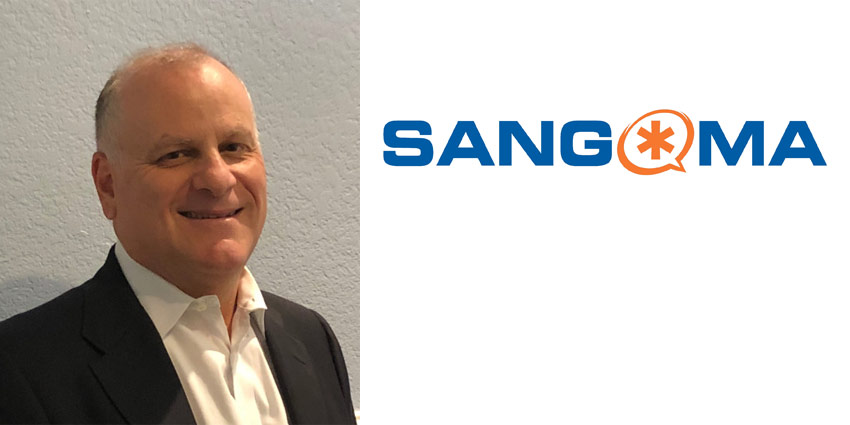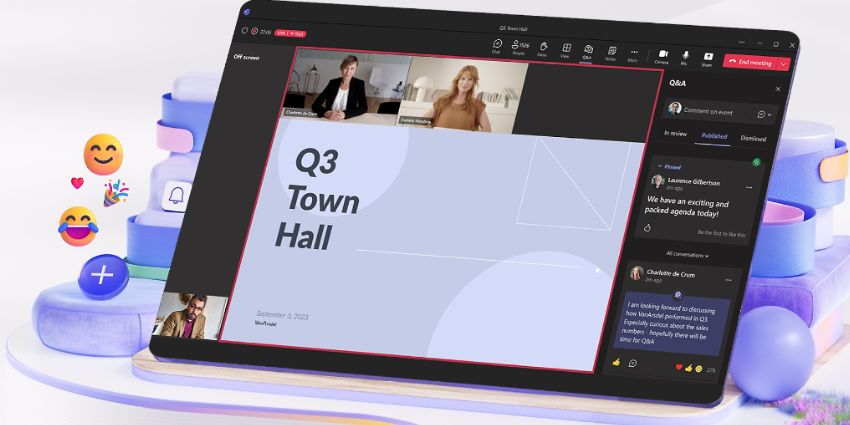As you read this today, you have likely been on more phone calls and video calls over the past six months than the prior two or more years combined. For knowledge workers, working remotely has evolved from something we had to do for a couple of weeks to something more permanent. And we have figured out the best work from home / work remote scenario to make this work for us. But when this is over and we go back to the office, will it have changed any of our habits with the use of business phones, headsets and video?
When we talk about phone use at work, we must not only talk about desk phones but also include laptops and smartphones. With a Unified Communication system, your laptop and smartphone, via an application, can be an extension of your business phone, and can answer phone calls to your business work number and can also place outbound phone calls from your business work number. And because of this mobility ability to have your business phone number travel with you, Unified Communication systems have been front and centre of the capability to actually productively work from home. Businesses who either had UC systems or converted swiftly to UC systems (whether on premises or cloud based) were able to continue working more efficiently.
A business can therefore look like it’s open and operating fine even though its employees are not physically all together. And Unified Communication systems often come equipped with instant messaging capability, which enables someone who answers the phone to find someone quickly to get an answer, just like it might happen if they were in an office.
It is likely that in the future, remote working in some form will become the norm for many businesses. Businesses who feared having employees work from home likely saw that productivity did not decrease if they used a UC system. Enabling employees to work remote sometimes is probably therefore here to stay. And the discovery of these different avenues to utilise the business phone number are here to stay.
With this remote working, comes the desire to walk around and wander, yet still be able to answer the phone. And so headsets are also now a staple of remote work for many people. You can go make lunch, do some laundry, do some other stuff, and not worry about missing a phone call, or better yet still be on a conference call. Headsets have done very well over the past six months. Yes, they are not just for the call centre type people anymore.
But even beyond the phone number, tied to mobility, is the concept of collaboration. Remote working highlighted the importance of electronic collaboration capability. If you are not going to be right next to someone, or in the same room, talking about something you both need to see, then the next best thing is sharing it on a screen and talking about it. The presence tool has emerged as the best place to do that, and in a UC system, that is usually part of the soft client. These capabilities are here to stay because even when we go back to the office, it might be easier to show something and share something on a screen, and not have to make someone who is not in the same office feel like a third wheel.
We have seen something like a 500% increase in our soft client usage across our UC systems. This shows our customers are utilising these features to enable remote working.
But this does not mean that the desk phone is dead. A desk phone doesn’t have to worry about a computer downloading an operating system update and can be a speakerphone as well. In fact, our desk phone business is doing well these past six months. With cloud-based systems, desk phones auto-provision to the UC system it’s connecting to. But even with on-premises systems, it’s possible to configure the system to handle a remote desk phone. And so we’ve seen the desk phone continue. In fact, we’ve seen many customers having a desk phone and use the soft clients. So a phone call into the office number can ring three devices at the same time. The desk phone likely stays for the immediate future.
Now we get to video calls. And we’ve all been on a lot. Enough, in fact, that many comedians have some great funny routines about group video calls. As I’ve stated above, I believe remote work in some form is here to stay. We’ve been on these video calls since they help with the sense of community, which is important for a company. The need to be connected is more significant than ever with a truly mobile and remote workforce. So group video calling, and sharing of documents as well, in a group environment is critical.
In fact, for me, this has emerged as one of the most powerful new daily tools I use at work as I am almost living on our own video collaboration tool. My whole team is not in the same place anyway, and this is a great way to have meaningful large group meetings.
When we go back to work, it won’t be what we were used to. It will certainly be similar, but we’ll bring these new tools we found, such as soft clients, collaboration, and video and utilise them in our day-to-day work. I’m looking forward to getting back to the office.
Guest Blog by Jim Machi, VP of Marketing, Sangoma
Sangoma’s global footprint extends to millions of customers using our products and services in leading PBX, IVR, contact center, carrier network, and data communication applications. Sangoma is renowned for providing plug-and-play communications solutions for businesses that want the power of an enterprise-grade phone system at a price that is affordable. Sangoma’s pricing models boost anticipated returns on investment for new phone systems by eliminating hidden fees, avoiding costly add-ons, and simplifying complicated licensing fees.







